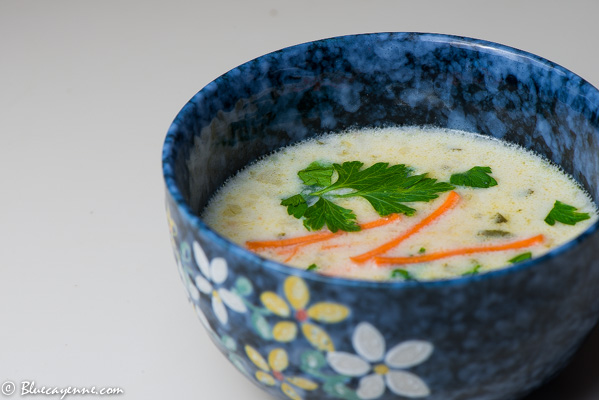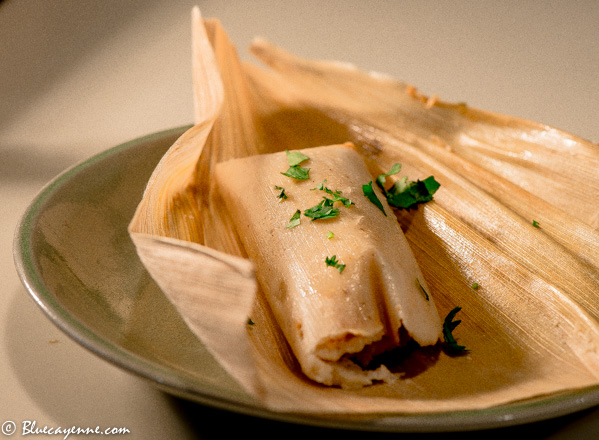Cauliflower Soup
According to what I read online, cauliflower was the “it” vegetable for 2014. Where was I? Don’t get me wrong. I love cauliflower. I just didn’t get the memo. No problem that I missed the big party, though. Cauliflower continues to be “hot” in…








